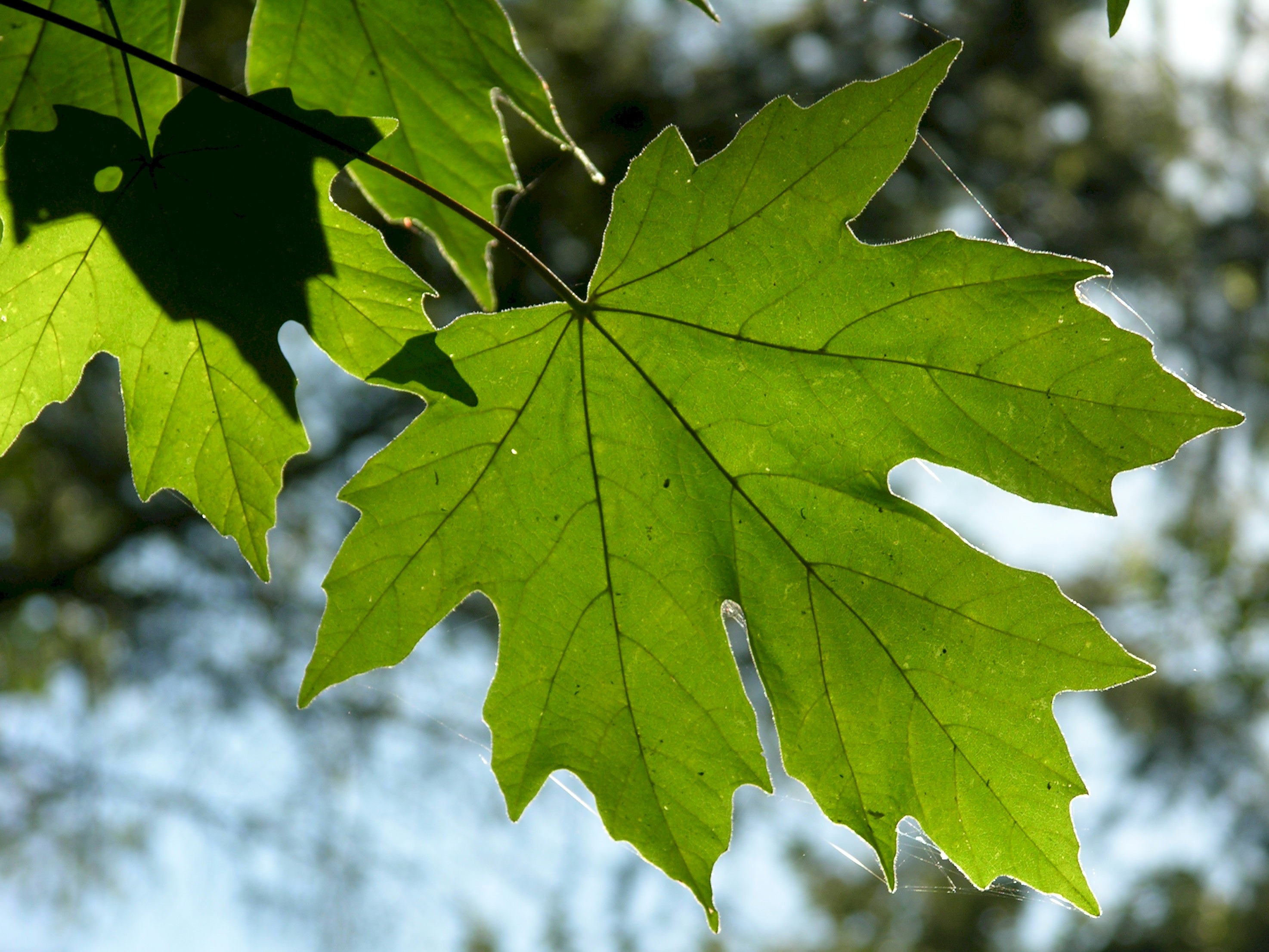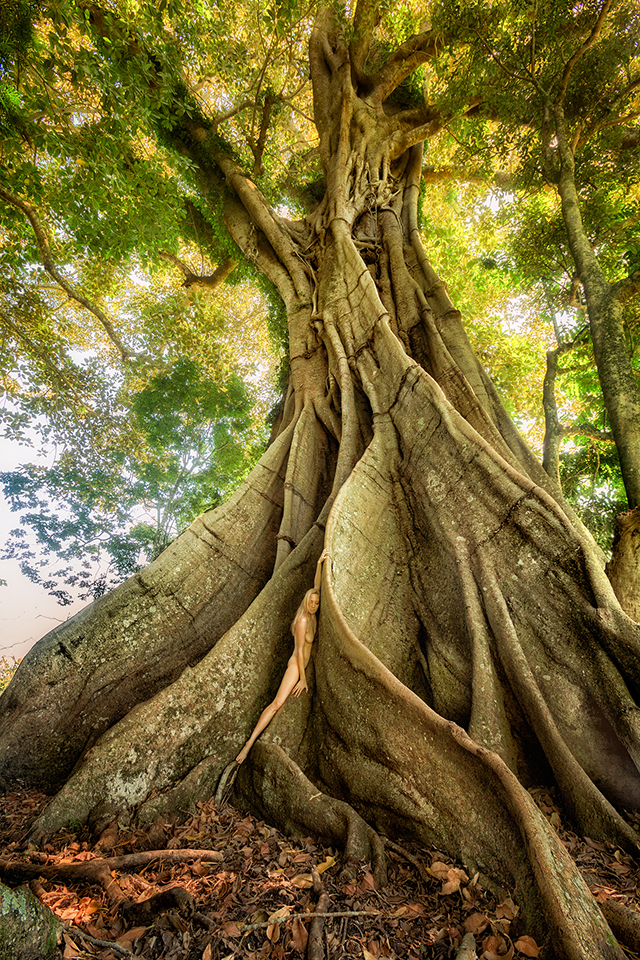

The hole is drilled 2 inches to 2.5 inches deep at a slight upward angle. Tap holes are more productive if drilled on days when the sap is flowing. Others say to work around the tree and slightly higher with each new hole (assuming you tap the same tree year after year). Some folks recommend that you tap on the sunny side and directly under a large branch. Ideally you want to tap at a convenient height. Most commercial spiles are designed for a 7/16 inch hole. Sugar content can be measured with a hydrometer ($15) or brix refractometer ($80 to $200). Our western sap ranges from 1% to 4% sugar and averages 2%, whereas the eastern sugar maples average just under 3% sugar. Back East, cold nights followed by warm afternoons give the best flow.

On the West Coast, sap often flows a day before or after a weather change. Sap flows are normally sweetest in January and February. Tapping can be done once the leaves are off the tree and until buds are about to open (November through early March). Hosted by the BC Forest Discovery Centre and the Vancouver Island Sapsuckers. For a look at a past year's event, visit Cowichan Today. The festival is open to the public on the first Saturday & Sunday of February. Photo Credit 3: "Acer macrophyllum, Bigleaf Maple" by born1945 is licensed under CC BY 2.Join us at the BC Forest Discovery Centre in Duncan, BC for a fun filled two days of tapping, syrup making, syrup tasting, great music and tasty treats. Photo Credit 2: "Acer macrophyllum, Bigleaf Maple" by born1945 is licensed under CC BY 2.0 When grown in the open, the Bigleaf Maple will form a broad, spreading canopy and a short stout trunk, the perfect overstory element to any woodland garden. That said, it tolerates seasonally wet soils as well.
#Big leaf maple full
Gardening with Big Leaf Maple: Big leaf maple will thrive in full to part sunlight and moist to dry, well-drained soil. Join others in Oregon who are learning the art of Bigleaf Maple sugaring: Special features & uses: wildlife favorite, erosion control, windbreak, furniture, piano frames, salad bowls, guitar bodies and sugary syrup.Some stands are also found inland in the foothills of the Sierra Nevada mountains of central California, and a tiny population occurs in central Idaho. Native range: It is native to western North America, mostly near the Pacific coast, from southernmost Alaska south to southern California.Wildlife support: adult butterflies/nectar source, bees and other insect pollinators, beneficial insects/pest eating insects, caterpillar host plant/larval food source, hummingbirds (Oregon Flora Project).


With huge leaves as big as your head, the Bigleaf Maple brings many delights! In spring, edible 6” long clusters of small yellow flowers dangle from its twigs.


 0 kommentar(er)
0 kommentar(er)
